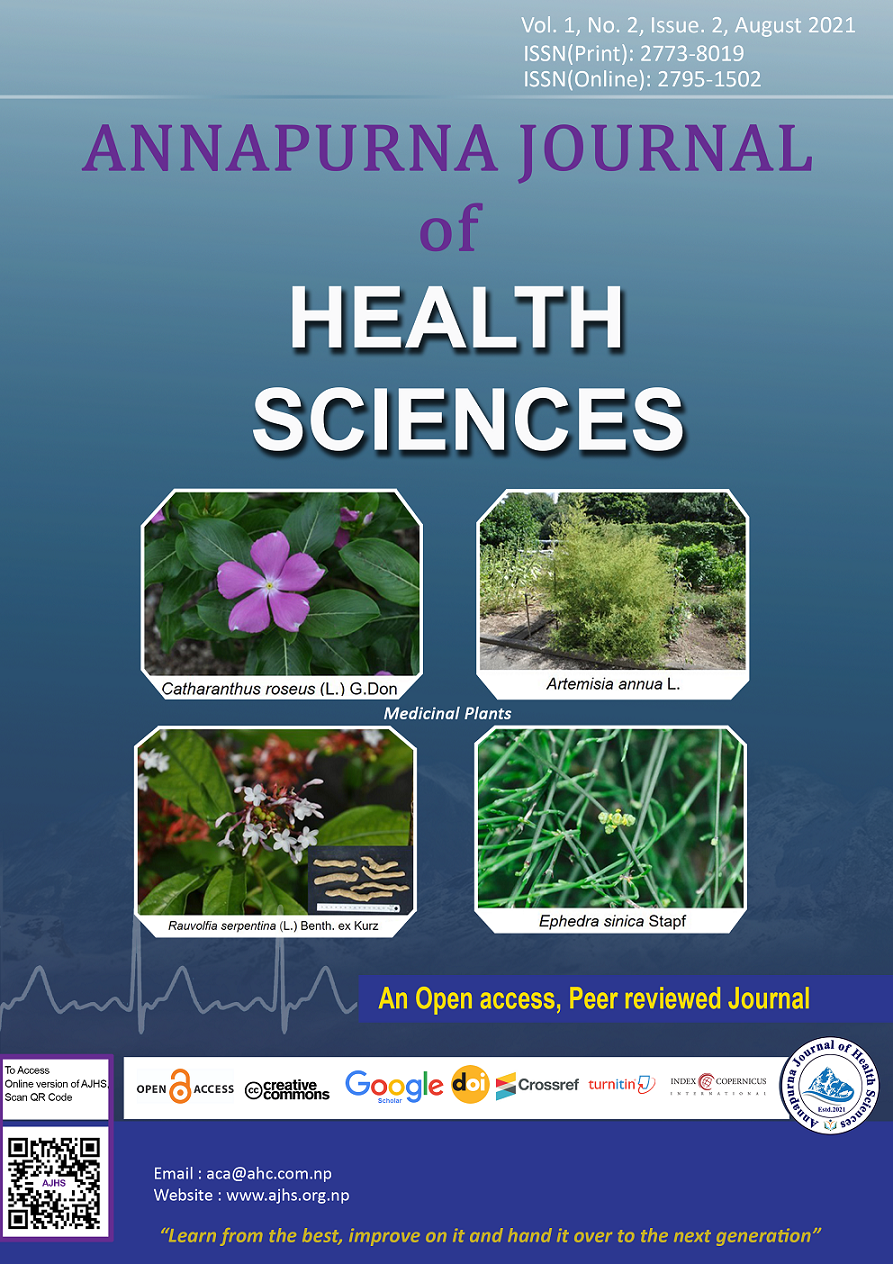Modes of Non-invasive Respiratory Support Devices and their Significance in the Treatment of COVID-19
Keywords:
Acute respiratory failure, BiPAP, COVID-19, CPAP, Non-invasive ventilationAbstract
Introduction: The Novel Coronavirus pandemic (COVID-19) is threatening people
all over the world. Each country worldwide has been affected by COVID-19 and
over 300 million people have lost their lives. Acute Respiratory Failure (ARF) is
the main complication for COVID-19 patients.Various oxygen therapy devices
such as oxygen concentrator, high flow nasal cannula, positive airway devices
like continuous positive airway pressure (CPAP), bilevel positive airway pressure
(BiPAP) have much helped the patients to recover from the ARF. The use of these
technology made it possible to avoid the severity of the disease and, consequently,
the need for invasive ventilation and an intensive care unit (ICU).Different ways
and techniques of using such devices and their significance have been mentioned
in this study.
Downloads
Downloads
Published
How to Cite
Issue
Section
License

This work is licensed under a Creative Commons Attribution 4.0 International License.
This license allows reusers to distribute, remix, adapt, and build upon the material in any medium or format, so long as attribution is given to the creator. The license allows for commercial use.




